This trio hopes ‘Won’t Give Up’ will become an anthem for the climate movement – NPR

Performers Pattie Gonia and Quinn Christopherson teamed up with cellist Yo-Yo Ma to spread a message of hope and joy.
Reduce, reuse, redirect outrage: How plastic makers used recycling as a fig leaf – NPR
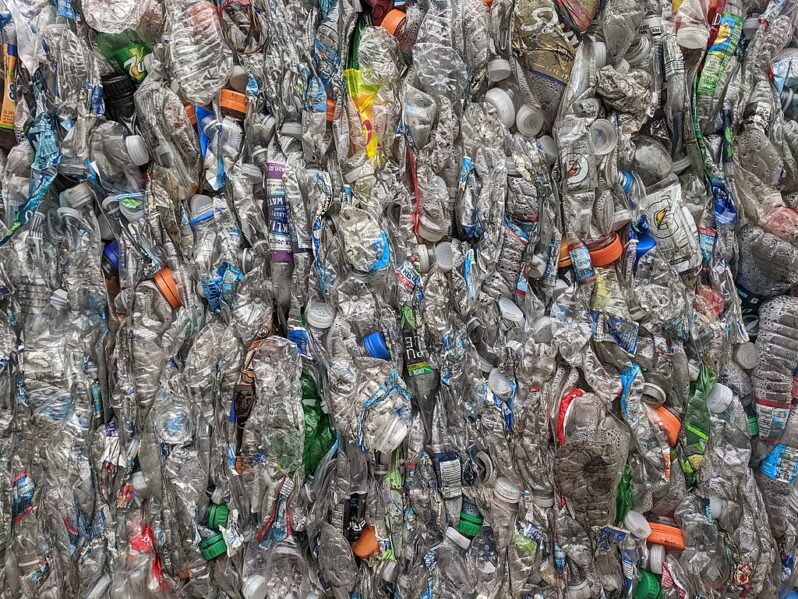
Former industry officials have said the goal was to avoid regulations and ensure that demand for plastics, which are made from fossil fuels, kept growing. Despite years of recycling campaigns, less than 10% of plastic waste gets recycled globally, and the amount of plastic waste that’s dumped in the environment continues to soar..
Hurricane Idalia shows nature may provide the best shoreline protection – NPR
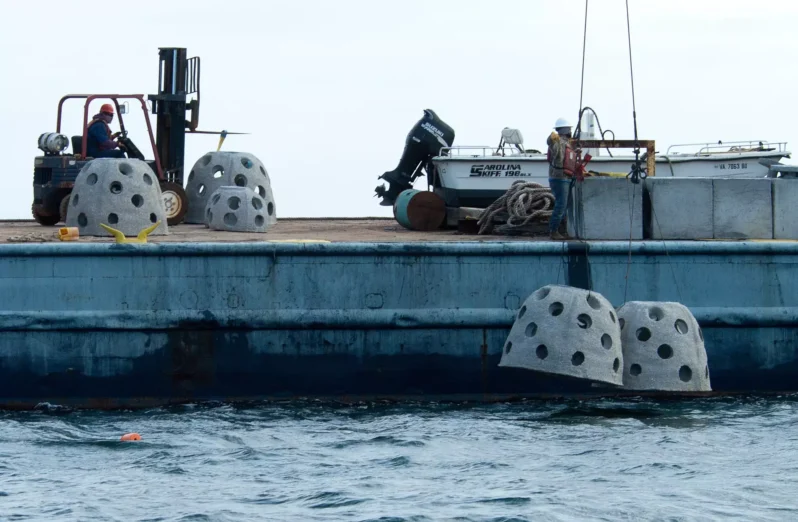
When Hurricane Idalia slammed into Florida’s Gulf Coast in August (2023), one of the hardest hit areas was Cedar Key. A nearly 7-foot storm surge battered the small fishing community…(NOAA) says Idalia caused an estimated $3.6 billion in damage…But on Cedar Key, when the water receded, scientists found some good news amid all the damage. Nature-based “living shoreline” projects built to protect roads, buildings and other structures were relatively undamaged…
No turning back: The largest dam removal in U.S. history begins – NPR
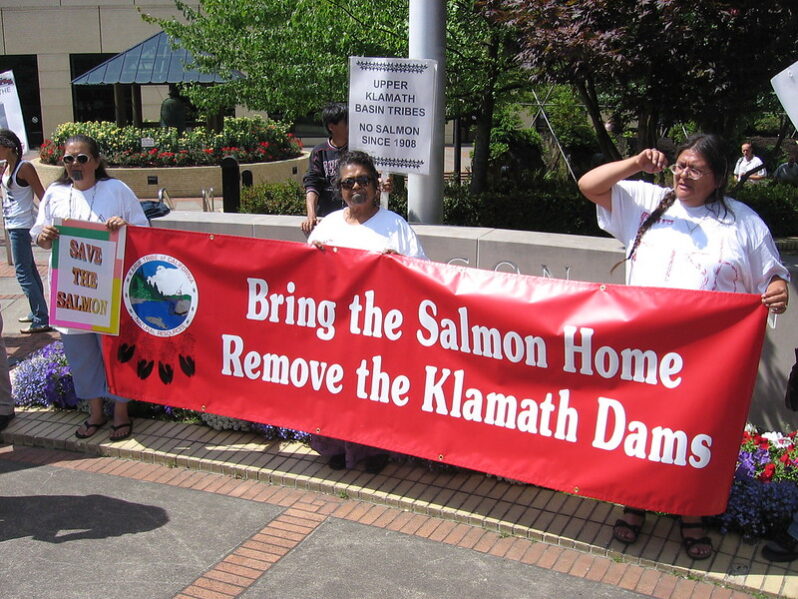
The largest dam removal in U.S. history entered a critical phase this week, with the lowering of dammed reservoirs on the Klamath River…
A disappearing island: ‘The water is destroying us, one house at a time’ – NPR
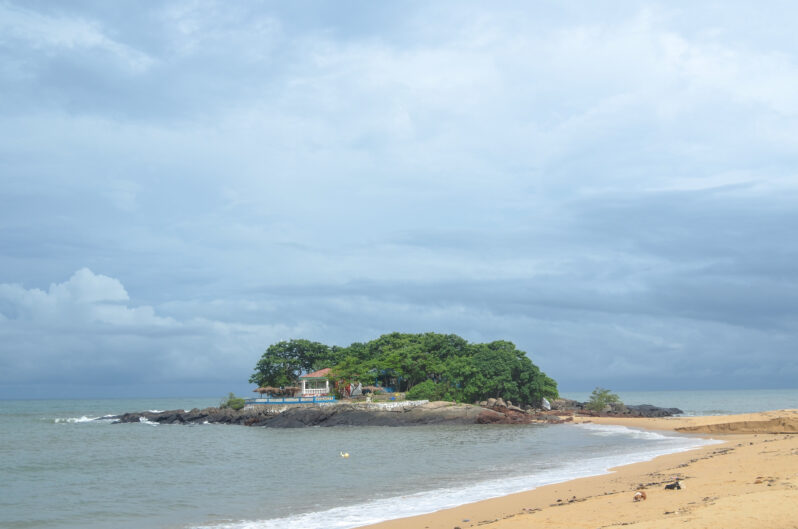
With nearly a third of its population living in coastal areas, and its heavy reliance on subsistence agriculture and fishing, Sierra Leone has been identified as one of the world’s most vulnerable countries to the impacts of climate change, despite having contributed just a tiny fraction of global CO2 emissions. With a GDP per capita of barely $2,000, it is also one of the least prepared to deal with those impacts….
Seaweed is mucking up beaches. This robot could stop it — and fight climate change – NPR

In shallow waters, sargassum can smother coral reefs and alter the water’s pH balance, killing off local seagrasses and mangroves. It can choke boat motors, constricting local fishing yields if not cutting off whole marinas. Sargassum once clogged a desalination plant so badly that residents of the U.S. Virgin Islands were told the drinking water may not be safe…
Lessons from California on How to Adapt to Sea Level Rise – NPR | On Point with Meghna Chakrabarti
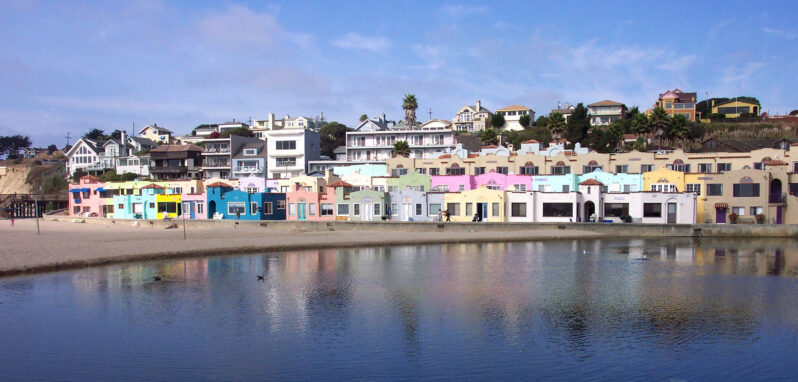
The Pacific Ocean off the California coast could rise more than six feet by the end of this century, according to some estimates…
Guests: Rosanna Xia, environmental reporter for the LA Times. Author of “California Against the Sea: Visions for our Vanishing Coastline.”
A.R. Siders, director of the Climate Change Hub and professor on climate change adaptation at the University of Delaware.
At risk from rising seas, Norfolk, Virginia, plans massive, controversial floodwall – NPR

The city (of Norfolk) is now moving forward with a massive floodwall project to protect itself, in partnership with the U.S. Army Corps of Engineers. The project will include tide gates, levees, pump stations and nature-based features like oyster reefs and vegetation along the shoreline. It’s one of the biggest infrastructure efforts in city history – and an example of projects the Corps has proposed up and down the U.S. coastline, from New York to Texas….
One way to save coral reefs? Deep freeze them for the future – NPR
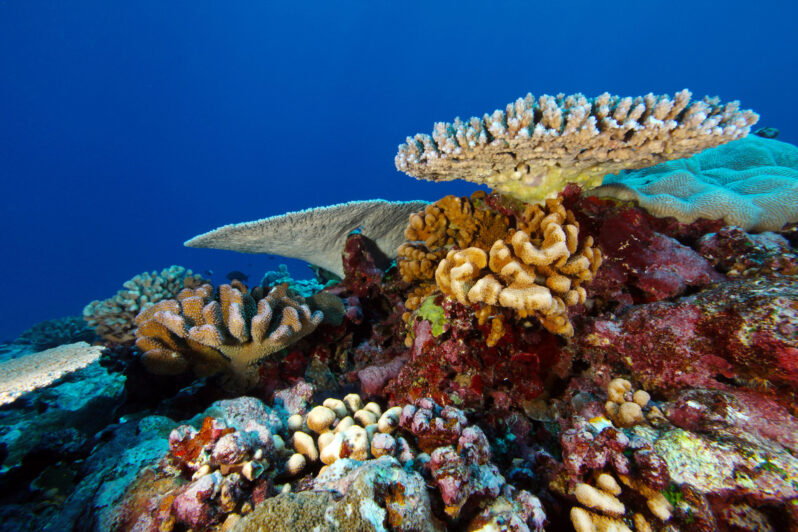
Ocean temperatures have been extremely hot this summer, wreaking havoc on some of the world’s highly vulnerable coral reefs. With marine heat waves only expected to get worse as the climate changes, scientists are increasingly focusing on an emergency plan: collecting coral specimens and safeguarding them onshore….
